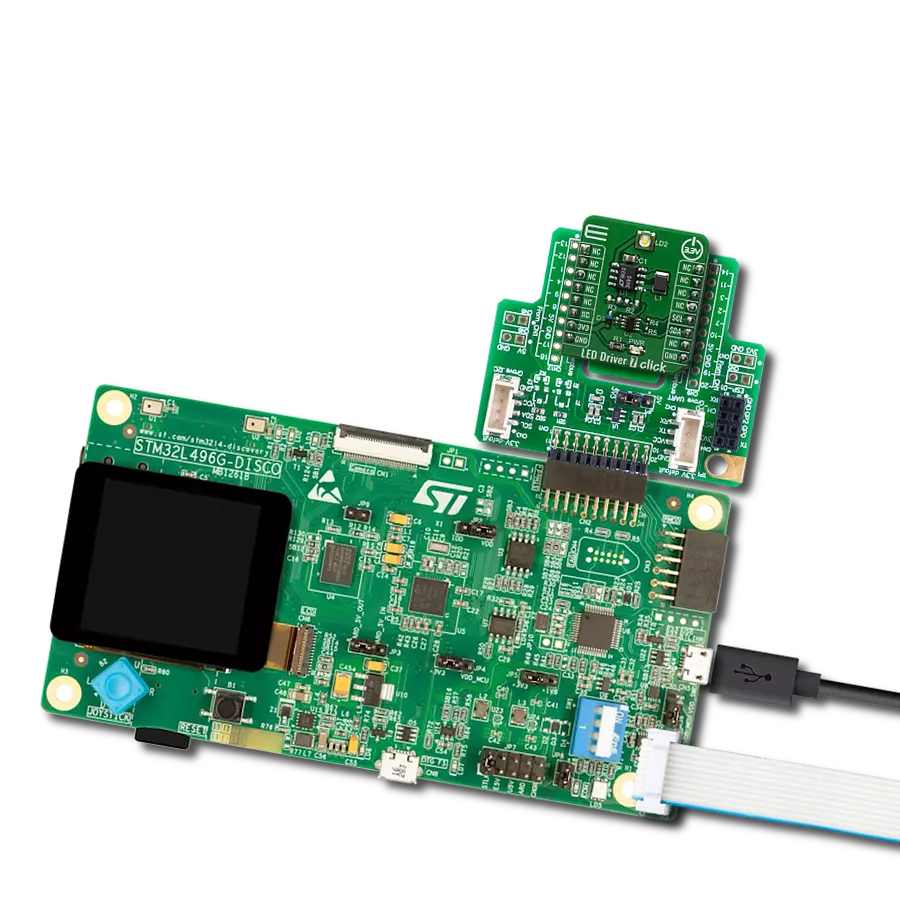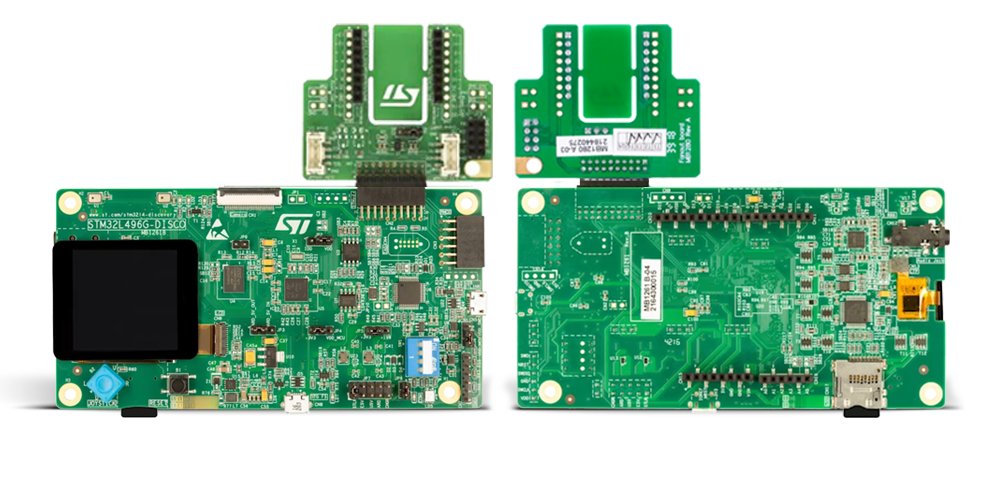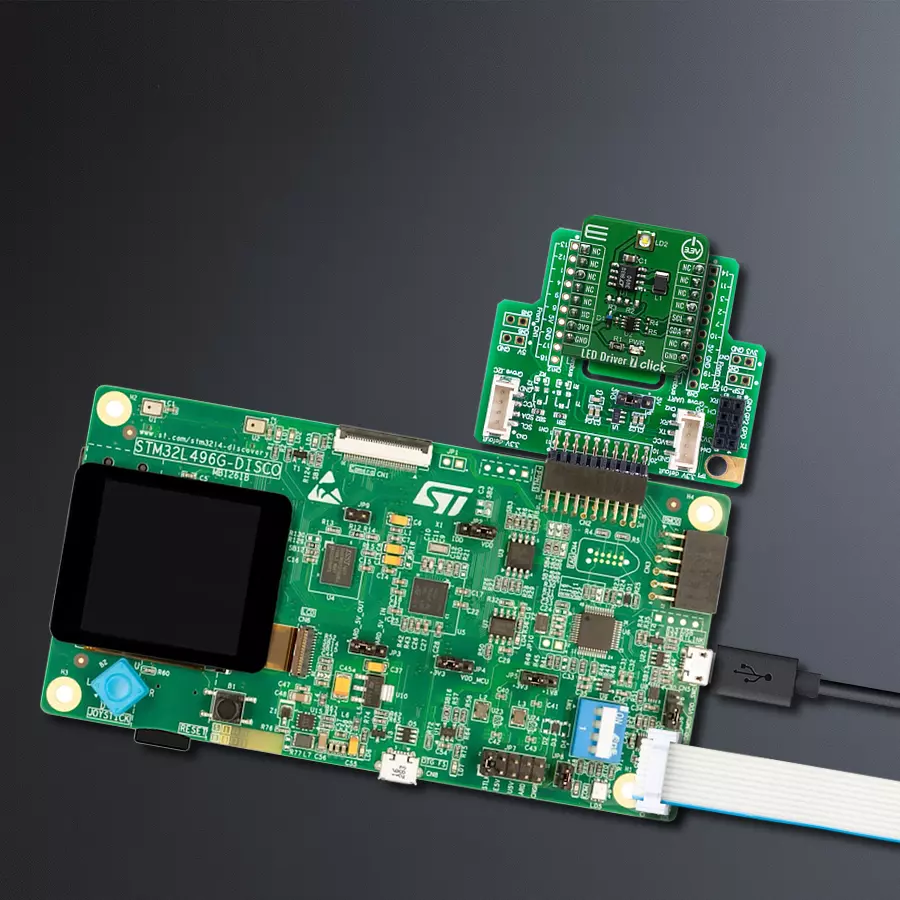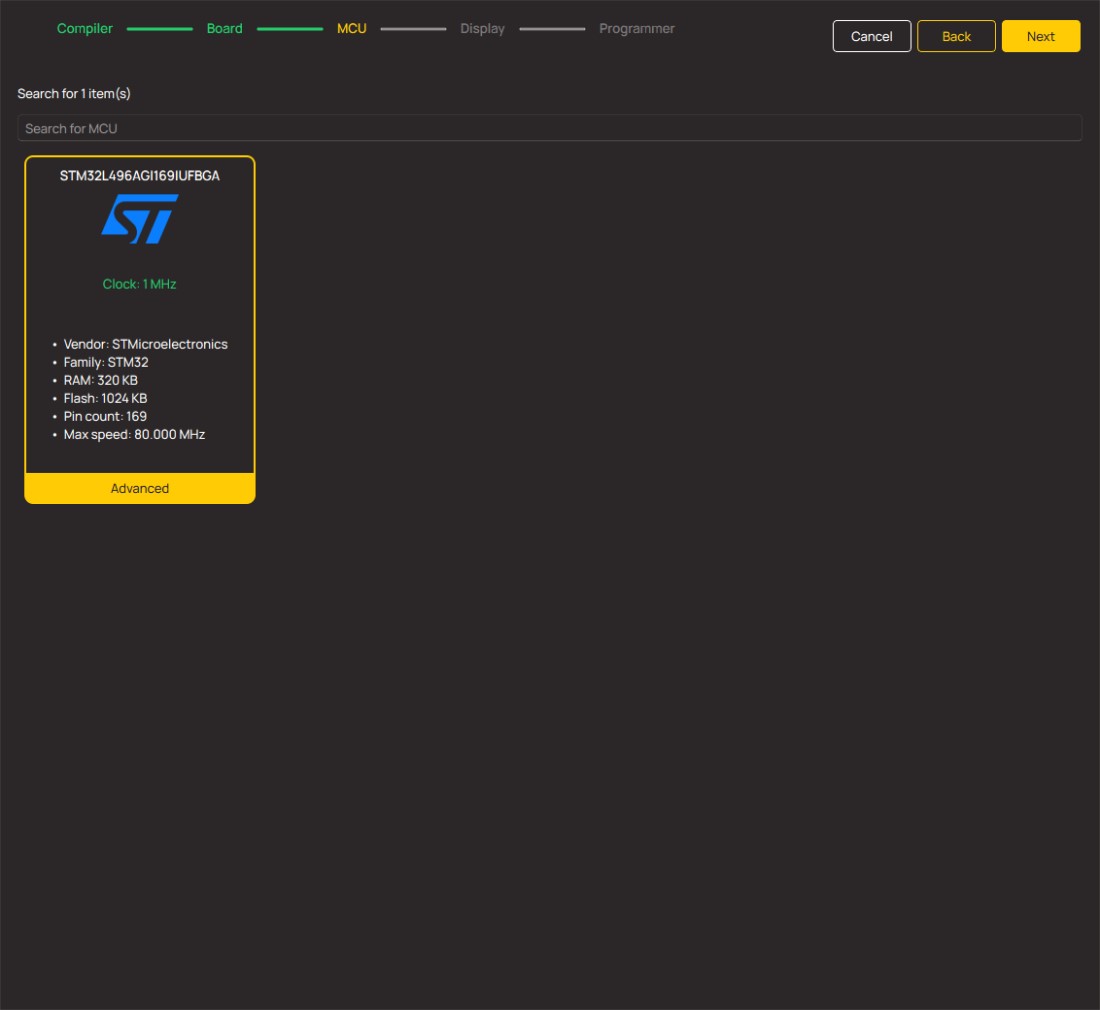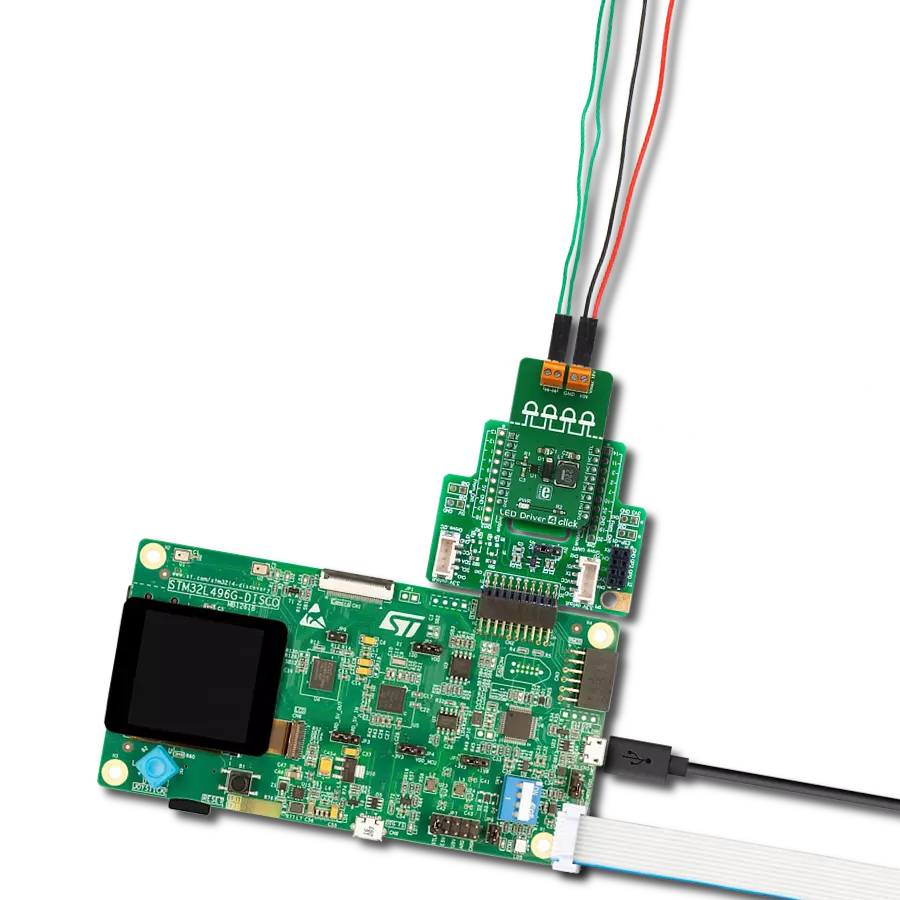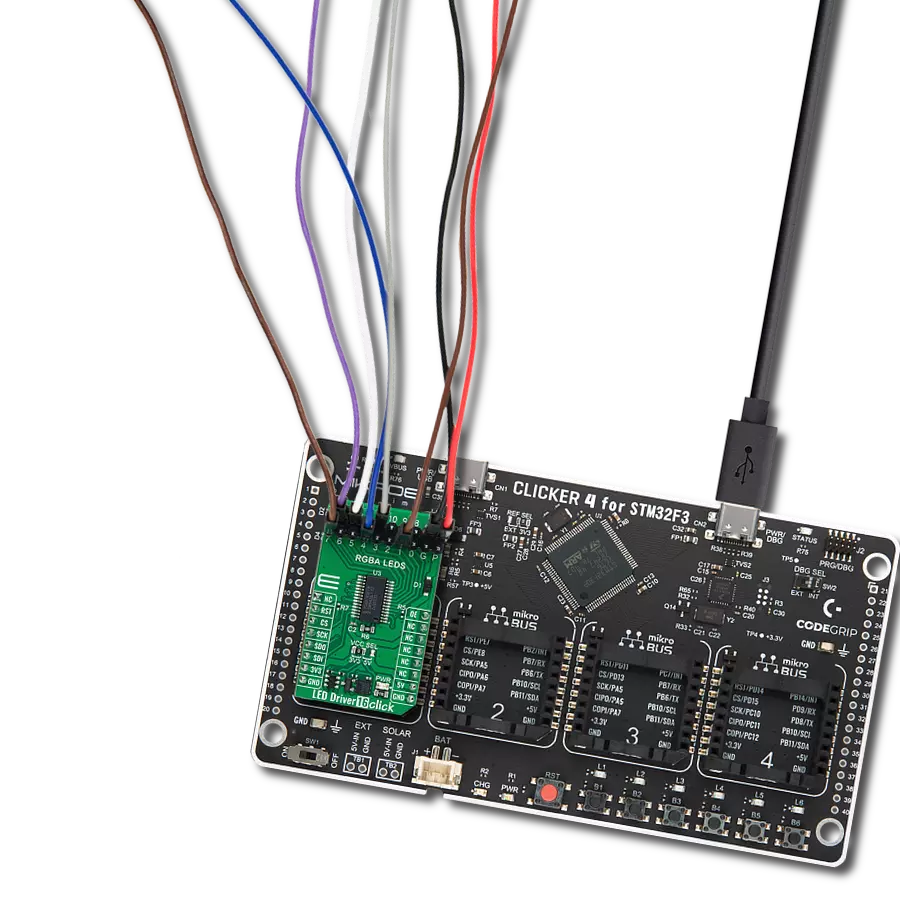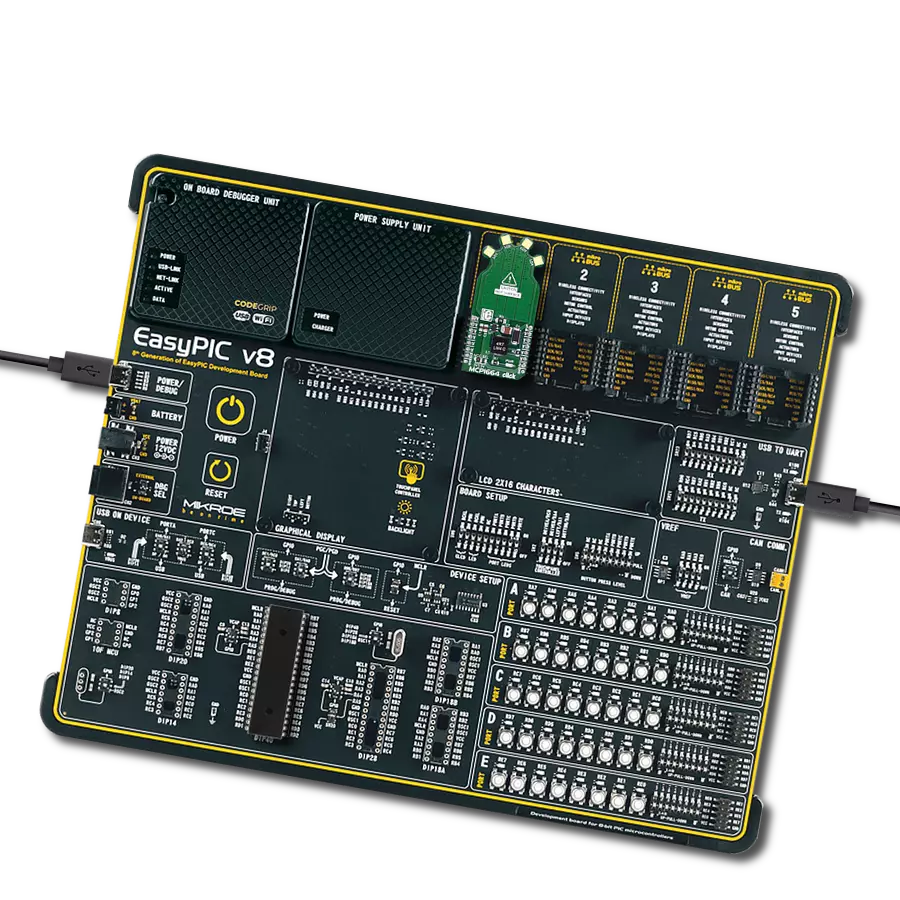Our white LED driver solution offers easy compatibility with various control systems, making it adaptable for a wide range of lighting applications
A
A
Hardware Overview
How does it work?
LED Driver 7 Click features the LTC3490, single cell 350mA LED driver from Analog Devices. It provides a constant current drive for 1W LED applications. It is a high-efficiency boost converter. Its key features include the 350mA Constant Current Output, Fixed Frequency Operation: 1.3MHz, Low Quiescent Current: <1mA, and Dimming Control. The LED Driver 7 click also features the AD5171, a 64-position OTP digital potentiometer from Analog Devices. The AD5171 changes the voltage on the CTRL/SHDN pin. This voltage can control the LED drive current from 0mA to 350mA. The AD5171 uses fuse link technology to achieve the memory retention of the resistance setting
function. OTP is a cost-effective alternative over the EEMEM approach for users who do not need to reprogram new memory settings in the digital potentiometer. This device performs the same electronic adjustment function as most mechanical trimmers and variable resistors. The AD5171 is programmed using a 2-wire, I2C compatible digital control. It allows unlimited adjustments before permanently setting the resistance value. During the OTP activation, a permanent fuse blown command is sent after the final value is determined, freezing the wiper position at a given setting (analogous to placing epoxy on a mechanical trimmer). Given the
options its features offer, the LED Driver 7 click is ideally used for Portable lighting, rechargeable flashlights, system calibrations, electronics level settings, automotive electronics adjustments, mechanical trimmers, and potentiometer replacements. This Click board™ can be operated only with a 3.3V logic voltage level. The board must perform appropriate logic voltage level conversion before using MCUs with different logic levels. Also, it comes equipped with a library containing functions and an example code that can be used as a reference for further development.
Features overview
Development board
The 32L496GDISCOVERY Discovery kit serves as a comprehensive demonstration and development platform for the STM32L496AG microcontroller, featuring an Arm® Cortex®-M4 core. Designed for applications that demand a balance of high performance, advanced graphics, and ultra-low power consumption, this kit enables seamless prototyping for a wide range of embedded solutions. With its innovative energy-efficient
architecture, the STM32L496AG integrates extended RAM and the Chrom-ART Accelerator, enhancing graphics performance while maintaining low power consumption. This makes the kit particularly well-suited for applications involving audio processing, graphical user interfaces, and real-time data acquisition, where energy efficiency is a key requirement. For ease of development, the board includes an onboard ST-LINK/V2-1
debugger/programmer, providing a seamless out-of-the-box experience for loading, debugging, and testing applications without requiring additional hardware. The combination of low power features, enhanced memory capabilities, and built-in debugging tools makes the 32L496GDISCOVERY kit an ideal choice for prototyping advanced embedded systems with state-of-the-art energy efficiency.
Microcontroller Overview
MCU Card / MCU
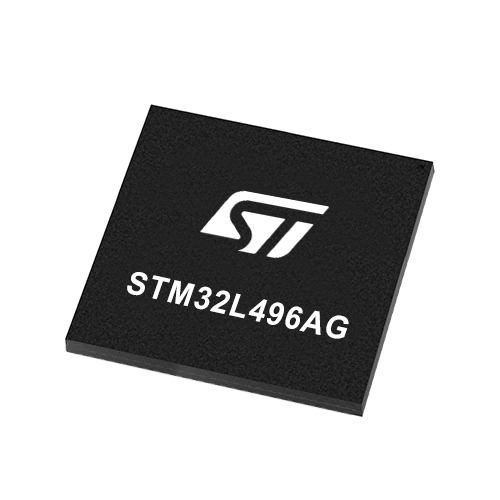
Architecture
ARM Cortex-M4
MCU Memory (KB)
1024
Silicon Vendor
STMicroelectronics
Pin count
169
RAM (Bytes)
327680
Used MCU Pins
mikroBUS™ mapper
Take a closer look
Click board™ Schematic

Step by step
Project assembly
Track your results in real time
Application Output
1. Application Output - In Debug mode, the 'Application Output' window enables real-time data monitoring, offering direct insight into execution results. Ensure proper data display by configuring the environment correctly using the provided tutorial.

2. UART Terminal - Use the UART Terminal to monitor data transmission via a USB to UART converter, allowing direct communication between the Click board™ and your development system. Configure the baud rate and other serial settings according to your project's requirements to ensure proper functionality. For step-by-step setup instructions, refer to the provided tutorial.

3. Plot Output - The Plot feature offers a powerful way to visualize real-time sensor data, enabling trend analysis, debugging, and comparison of multiple data points. To set it up correctly, follow the provided tutorial, which includes a step-by-step example of using the Plot feature to display Click board™ readings. To use the Plot feature in your code, use the function: plot(*insert_graph_name*, variable_name);. This is a general format, and it is up to the user to replace 'insert_graph_name' with the actual graph name and 'variable_name' with the parameter to be displayed.

Software Support
Library Description
This library contains API for LED Driver 7 Click driver.
Key functions:
leddriver7_generic_write- Generic write functionleddriver7_generic_read- Generic read function.
Open Source
Code example
The complete application code and a ready-to-use project are available through the NECTO Studio Package Manager for direct installation in the NECTO Studio. The application code can also be found on the MIKROE GitHub account.
/*!
* \file
* \brief LedDriver7 Click example
*
* # Description
* This application is portable lighting and rechargeable flashlights.
*
* The demo application is composed of two sections :
*
* ## Application Init
* Initalizes I2C driver and writes an initial log.
*
* ## Application Task
* This example demonstrates the use of LED Driver 7 Click board,
* by cycling wiper positions of AD5171 Digital Potentiometer.
*
* \author MikroE Team
*
*/
// ------------------------------------------------------------------- INCLUDES
#include "board.h"
#include "log.h"
#include "leddriver7.h"
// ------------------------------------------------------------------ VARIABLES
static leddriver7_t leddriver7;
static log_t logger;
// ------------------------------------------------------ APPLICATION FUNCTIONS
void application_init ( void )
{
log_cfg_t log_cfg;
leddriver7_cfg_t cfg;
/**
* Logger initialization.
* Default baud rate: 115200
* Default log level: LOG_LEVEL_DEBUG
* @note If USB_UART_RX and USB_UART_TX
* are defined as HAL_PIN_NC, you will
* need to define them manually for log to work.
* See @b LOG_MAP_USB_UART macro definition for detailed explanation.
*/
LOG_MAP_USB_UART( log_cfg );
log_init( &logger, &log_cfg );
log_info( &logger, "---- Application Init ----" );
// Click initialization.
leddriver7_cfg_setup( &cfg );
LEDDRIVER7_MAP_MIKROBUS( cfg, MIKROBUS_1 );
leddriver7_init( &leddriver7, &cfg );
Delay_ms ( 100 );
log_printf( &logger, "-------------------- \r\n" );
log_printf( &logger, " LED Driver 7 Click \r\n" );
log_printf( &logger, "-------------------- \r\n" );
}
void application_task ( void )
{
uint8_t n_pos = 0;
uint8_t pos_num = 64;
for ( n_pos = 12; n_pos < pos_num; n_pos++ )
{
leddriver7_generic_write( &leddriver7, LEDDRIVER7_NORM_OP_MODE, &n_pos, 1 );
log_printf( &logger, "Position : %d \r\n", (uint16_t)n_pos );
Delay_ms ( 500 );
}
}
int main ( void )
{
/* Do not remove this line or clock might not be set correctly. */
#ifdef PREINIT_SUPPORTED
preinit();
#endif
application_init( );
for ( ; ; )
{
application_task( );
}
return 0;
}
// ------------------------------------------------------------------------ END
Additional Support
Resources
Category:LED Drivers
